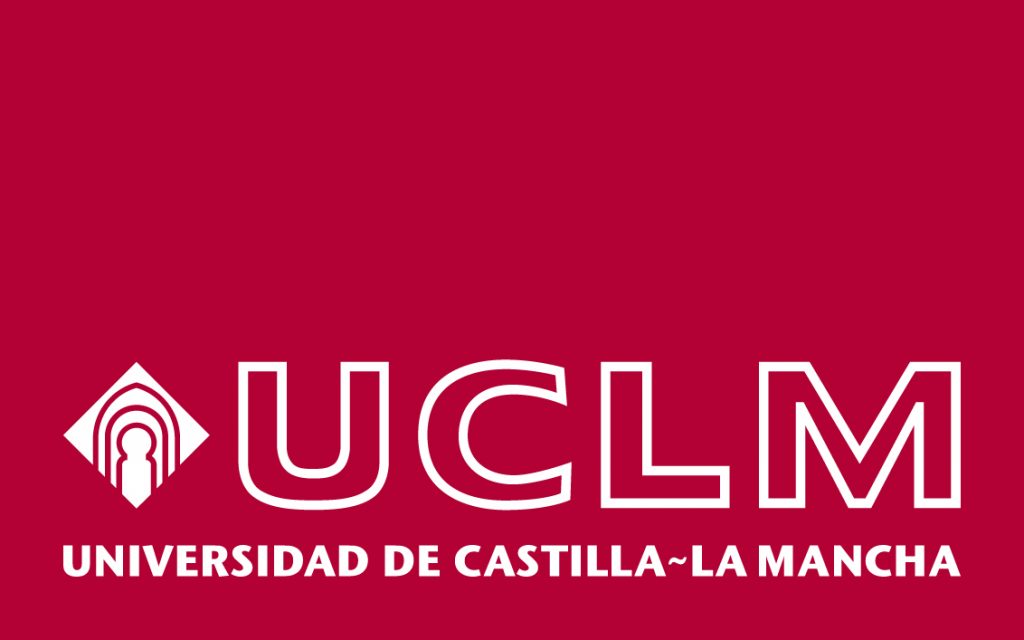Biomarkers design
An increasing amount of data from cancer patients is available through different ‘omics’ technologies (genomics, proteomics, transcriptomics, etc.), as well as medical imaging like Magnetic Resonance (MRI) or Positron Emission Tomography (PET). We integrate these data with mathematical models to identify patterns that can serve as biomarkers of prognosis and response. For instance, we develop imaging biomarkers from MRI morphological features associated to the survival of patients with brain metastases. Other examples are topological features in flow cytometry data from leukaemia patients or metabolic footprints of cancer metabolism in PET images. These features provide prognostic tools that aid in patient stratification and are a step towards personalized precision medicine.













